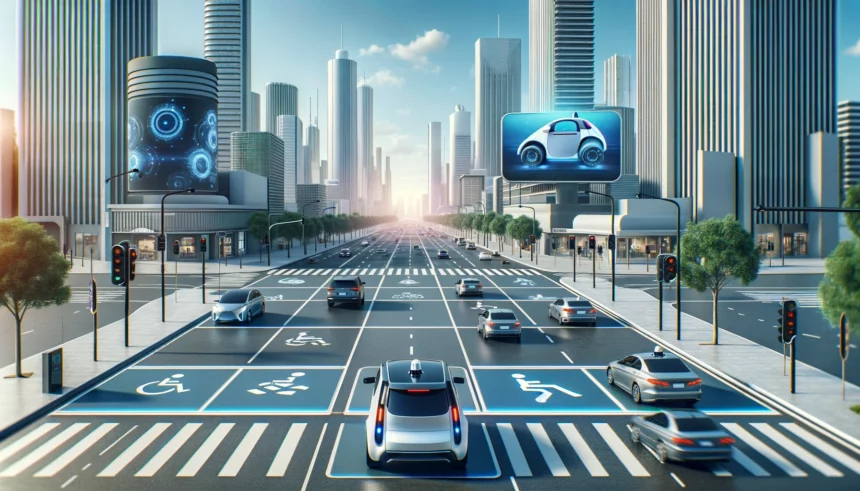Self-driving cars, once a futuristic dream, are becoming more of a reality each day, especially in developed countries. Companies like Waymo, Tesla, and General Motors are at the forefront, continuously testing and improving their technologies. These cars use a combination of cameras, radar, and algorithms to drive themselves, but they’re still in the developmental phase.
Currently, we see many cars with semi-autonomous features such as automatic braking, lane-keeping, and self-parking. These innovations hint at a future where driving could be much safer and more efficient, potentially reducing the stress of daily commutes.
Safety First
However, the transition to fully autonomous vehicles isn’t without its concerns. There have been incidents and accidents during tests that raise safety questions. Supporters believe that autonomous cars could decrease road accidents by removing human error, but skeptics are worried about the technology’s reliability and the potential for malfunctions.
Regulatory challenges are also significant. Governments and regulatory bodies worldwide are trying to catch up with the fast-evolving technology to ensure these vehicles are safe for public roads. Issues like data privacy, cybersecurity, and the impact on employment in transport sectors need thoughtful consideration.
Societal Impacts
Beyond the technology, self-driving cars could change how we view driving. For car enthusiasts, the joy of driving comes from the control and interaction with the vehicle, something autonomous cars change fundamentally. While they promise to make driving less demanding, they could also make it less engaging for those who love to drive.
On the brighter side, autonomous vehicles could greatly benefit those who cannot drive, like the elderly or disabled, offering them more independence and mobility. The technology could also transform public transportation, making it more accessible and efficient.
Looking Forward
As self-driving cars evolve, they could reshape our lives in profound ways, from how we work and travel to how cities are designed. But with these changes come challenges that need to be carefully managed. The road ahead for autonomous vehicles will require a balance of innovation, careful planning, and regulation to fully realize their potential while ensuring safety and security for all.
















